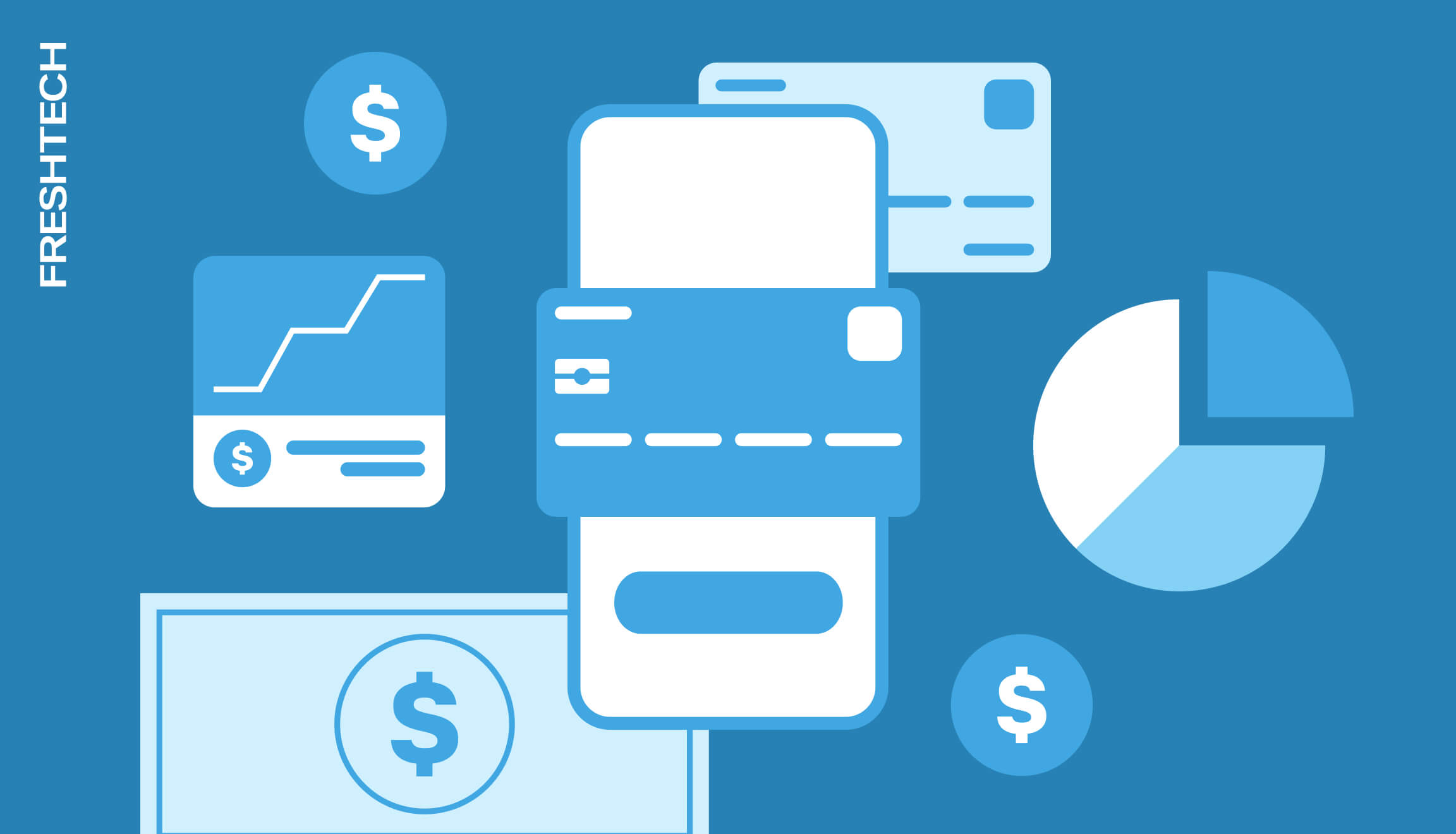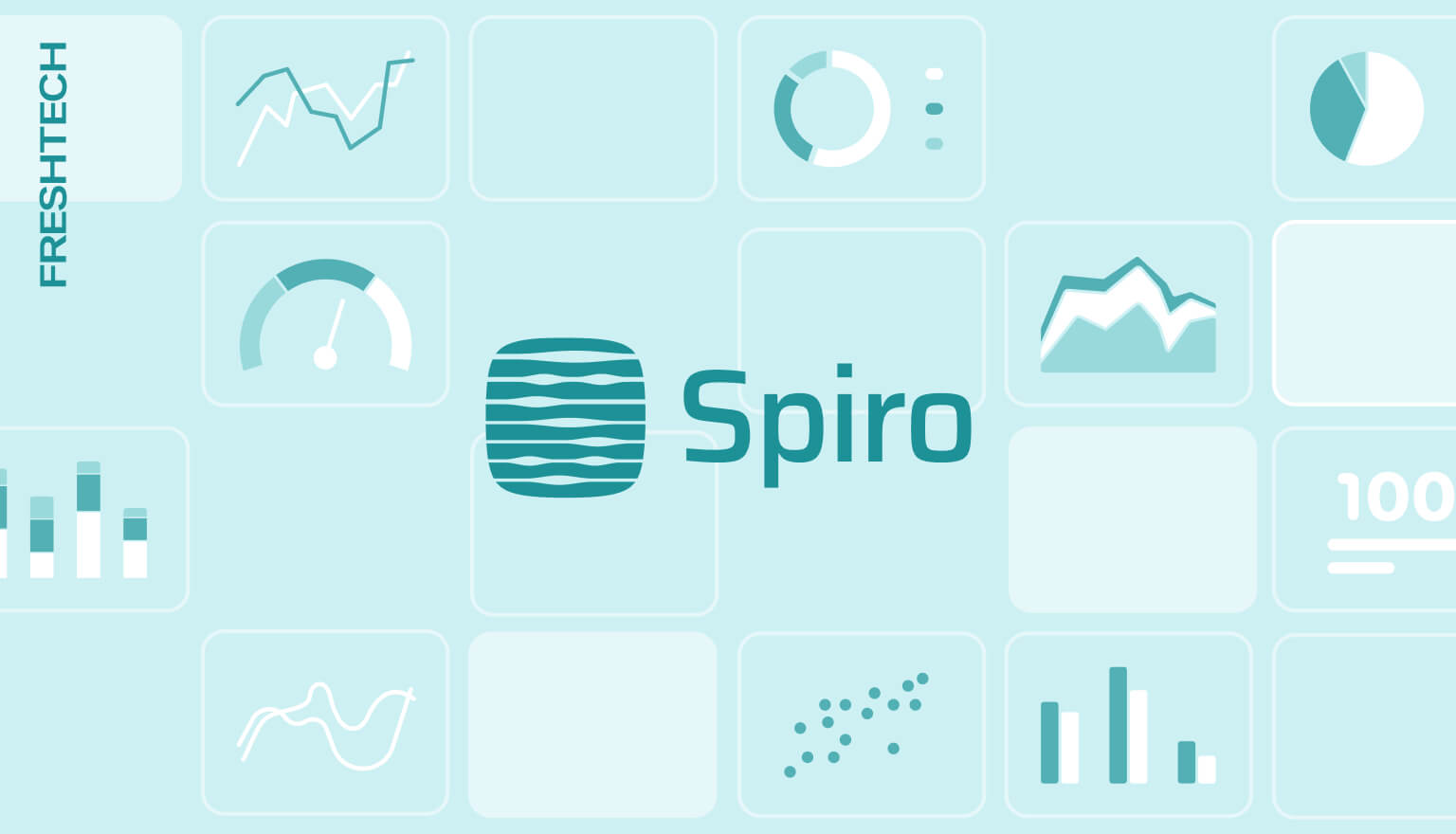How to Find the Right Niche for Your FinTech Product

Does the world really need another FinTech app, and does it actually solve a real user problem? The market is growing fast, but competition only makes fresh perspectives more valuable. Where to start your search for the right niche and how to build a product people truly need — here’s what to focus on first.
A successful product is always a clear answer to a real market need. And it’s important not just to follow popular niches, but to spot less obvious problems. These might be unmet user scenarios, scaling challenges, or regulatory barriers. So where do you start?
I. Analysis of the main FinTech areas
The main areas of FinTech include several key segments. The largest of them is payment services: platforms for online payments, mobile wallets, money transfer services, and one-click checkouts. Demand for convenient and secure payments remains consistently high, but competition in this segment is also the highest.
Another active segment is lending. These are online services for issuing microloans, P2P lending, and corporate financing. An important feature of this category is the need to check users’ creditworthiness and comply with financial regulations.
Investment platforms allow individual investors to buy stocks, cryptocurrencies, or build their own portfolios. Convenient analytics, process automation, and easy onboarding for beginners are key in this segment.
InsurTech is a segment focused on simplifying and automating insurance processes. It includes platforms for managing claims and policies, microinsurance services, risk assessment tools, and more.
RegTech deserves special mention — these are services focused on automating compliance processes. They include tools for customer verification (KYC — know your customer), detection of suspicious activities (AML — anti-money laundering), transaction monitoring, risk management, and preparing reports for regulatory authorities.
Another promising area is embedded finance — the integration of financial services into non-financial products. For example, the ability to apply for a loan directly within an e-commerce app or to add a payment feature to a delivery service.
Each of these categories has its own trends and niche subsegments. Above all, it’s important to focus on specific problems that still lack convenient user-friendly solutions.
II. Audience needs research
Finding a niche always starts with the people you are building the product for. It’s important to understand what financial tasks they handle daily, what challenges they face, and what they currently dislike about existing services.
The target audience in FinTech can vary widely: individual users, small businesses, freelancers, large companies, and financial institutions. Each group has its own use cases — some look for a simple way to pay utility bills without fees, others need services for exchanging crypto assets, while some require solutions to automate internal company payments.
To understand user needs, it’s crucial to engage directly with the audience. In-depth interviews and surveys reveal which financial services people currently use, what issues they face, and what they’re willing to pay for. It’s also valuable to analyze open discussions in relevant communities and forums — these are often where users share real problems.
Another important aspect is assessing the audience’s ability to pay. The cost of financial services often becomes a barrier, so it’s crucial to understand which solutions users are willing to pay for and how much they value convenience or automation.
III. Market and regulatory requirements overview
Financial regulations often involve complex licensing mechanisms, capital requirements, AML/KYC rules, as well as specific standards for storing and processing personal data (such as GDPR in the EU and local equivalents in other countries). Understanding these details helps avoid legal risks and fines, and also builds trust with clients and partners.
Special attention should be given to local financial traditions and user behavior patterns. For example, in countries with low trust in banks, mobile wallets or cash transfers are popular, and this should be taken into account when designing the service.
A thorough analysis of regulations and the competitive landscape helps identify relevant niches for innovation and speeds up product adaptation to market requirements.
A promising niche is defined by a clear problem statement and a deep understanding of the audience’s specific needs. It’s important that the market shows both competition and demand, while still leaving enough room for innovation. This balance allows not only to secure a position in the market but also to create unique competitive advantages.
If you’re looking to build a FinTech product and need a technology partner to bring it to life, leave your contact details in the form. Our manager will get in touch with you and offer the best solution for your company.





















